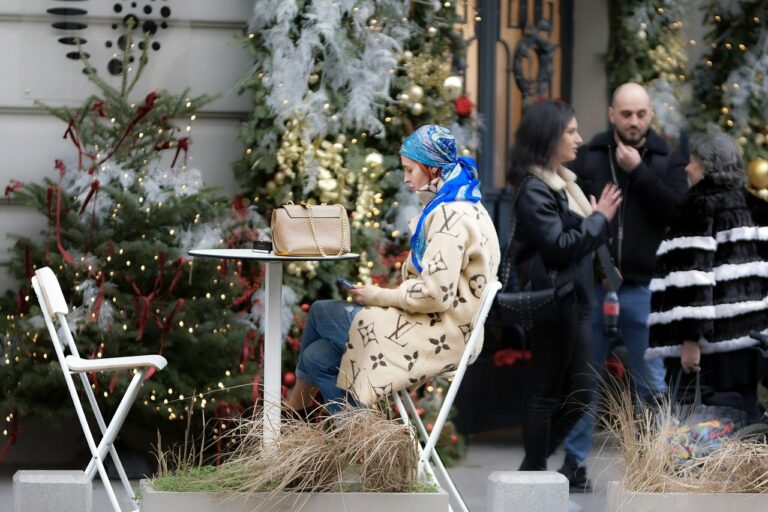Fashion and Identity: Clothing as a Reflection of Self
Clothing serves as a powerful means of self-expression, allowing individuals to convey aspects of their personality, beliefs, and interests without uttering a word. The choice of garments, colors, and styles can communicate a person’s unique identity and influence how they are perceived by others. Through fashion, people can showcase their individuality and creativity, forging a visual representation of who they are and what they stand for.
Moreover, clothing can act as a reflection of one’s mood, emotions, and even societal influences. As fashion trends evolve over time, individuals may adapt their style to align with current norms or to challenge conventional standards. Whether intentionally or subconsciously, the clothes we wear often mirror the cultural, social, and personal influences that shape our sense of self. In this way, clothing serves as a mirror that reflects not only our outward appearance but also our inner thoughts and feelings.
Historical Perspectives on Fashion and Identity
Throughout history, clothing has played a significant role in shaping an individual’s identity and social status. In ancient civilizations, such as the Egyptians and Romans, garments were not only practical but also symbolized wealth and power. The elaborate clothing worn by royalty and nobility served as a way to distinguish themselves from the common people and reinforce their status in society.
As societies evolved, so did fashion trends and their effect on personal identity. During the Renaissance period, clothing became a form of self-expression, with elaborate designs and fabrics reflecting an individual’s creativity and social standing. The emergence of distinct styles and fashion movements in the 18th and 19th centuries further illustrated how clothing could be a powerful tool for conveying one’s identity and cultural affiliations.
Impact of Culture on Personal Style
Culture plays a significant role in shaping personal style. It serves as a foundation that influences the way individuals dress and present themselves to the world. Elements such as societal norms, traditions, and values all contribute to the formation of one’s unique aesthetic preferences.
From traditional attire rooted in cultural heritage to modern interpretations inspired by global trends, personal style reflects a fusion of cultural influences. Whether it’s through vibrant patterns, symbolic accessories, or specific garment cuts, individuals often use clothing as a means of expressing their cultural identity and celebrating their roots. This connection between culture and personal style not only adds depth to one’s outward appearance but also serves as a powerful form of self-expression.
How does culture influence personal style?
Culture plays a significant role in shaping personal style by influencing what is considered fashionable, acceptable, and meaningful within a particular society or community.
Can you give an example of how historical perspectives on fashion have impacted identity?
Certainly! Throughout history, certain fashion trends have been associated with specific cultural movements or time periods, thereby shaping how individuals express their identity through clothing.
Why is clothing often used as a form of self-expression?
Clothing is a visible and accessible form of self-expression that allows individuals to communicate their personality, values, and identity to others.
How can one navigate the intersection of personal style and cultural norms?
Navigating the intersection of personal style and cultural norms involves finding a balance between expressing individuality while respecting the traditions and beliefs of one’s culture. It may involve adapting certain elements of traditional attire or incorporating cultural motifs into modern fashion trends.







